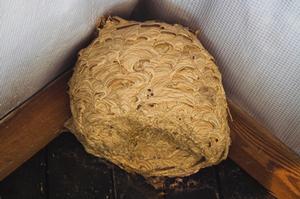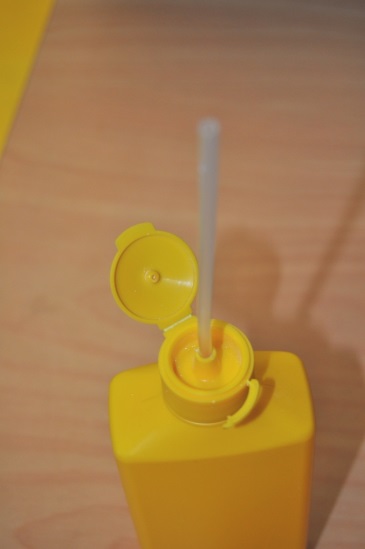Locate Wasp Nests
Are wasps bothering you around your home, deck and garden? You might suspect there is a wasp nest somewhere but how do you find it?
If you think there is a wasp nest close by, perhaps because there are many wasps around your home or garden, here are some tips in finding the nest site so you can destroy the wasps and stay safe.
- Identify the wasps - to see if they are either common, German or paper wasps and ensure they are not beneficial honey bees, bumblebees or hoverflies.
- Watch the wasps - Wasps are not naturally aggressive so you can safely watch wasp activity from a few metres away. The wasps may be feeding at flowers, chewing on wooden fencing, a spill of sugary drink or other food. Once they have fed they will tend to fly in a straight line back to their nest.
- Bait and watch - You can put out food/bait for the wasps such as cat food or tinned fish and they will scoop up a lump and carry it back to their nest. You may be able to follow the wasps carrying their load of bait.
- Follow - After 5-10 minutes watching the wasps, you will get an idea of the direction of the nest. Follow the wasps and look for somewhere the wasps are funnelling into a hole. You may see wasps flying in the opposite direction out of the hole in search of food.
- Paper wasps - paper wasps have open structure nests, often built under the eaves of houses. The hexagonal cells of the paper nest will be visible.
Paper wasp nest
- Stream of wasps? - Particularly on warm sunny days, a stream of wasps may be seen entering and leaving via the nest entrance. In New Zealand, the common and German wasps most often build a nest in a hollow in the ground. There will be a hole which the single entrance to the nest. The hole may be hidden in below vegetation but you may be able to identify it as the wasps will create a tunnel through the vegetation to the landing point on the ground at the entrance to the nest.
- Common and German - The Common and German wasps in New Zealand are most likely to build their nests in a hollow in the ground. This is usually in a dry place that is protected from excessive heat and rain such as in a bank or under a tree stump.
When common or German wasp nest in a house or structure it is usually inside the eaves or some other place hidden from view. However, there will be a small hole, perhaps at the join between soffit and wall where the wasps land and walk inside.  Common wasp nest in a roof void
Common wasp nest in a roof void
How to Destroy the Wasp Nest
- Destroy - To destroy the wasp nests apply NO Wasps Eliminator to the entrance, particularly where the wasps land to walk into the nest entrance. The wasp picks the powder up on their feet and carry it into the nest.
- Stay Safe - Although powder insecticides help keep wasps calm, for safety apply the powder late in the day when activity is low or has stopped.
- Tip for Nests in Eaves - The new NO Wasps Eliminator adheres better to surfaces. However, although it puffs upwards well, it can still be difficult to get the powder to the nest entrance. A temporary ad hoc solution is to use the dip tube from a trigger sprayer e.g. NO Bugs Super 1L RTU or other trigger bottle typically found under a kitchen sink. Clean and dry it, and it will fit neatly into the aperture of the NO Wasps Eliminator puff bottle. Push the dip tube down to the level of the powder. The puffer will now puff the powder upwards easily and the nozzle can easily be inserted into the small holes and gaps that usually constitute the entrance to the nest.

David Brittain
Kiwicare

